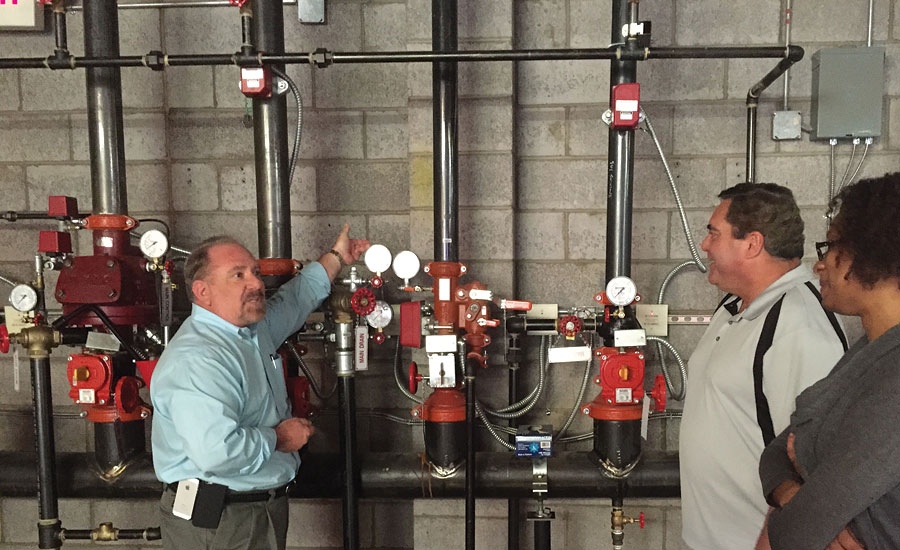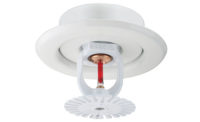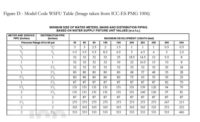The year was 2005, new construction in the United States was at an all-time high and the fire sprinkler industry was in full swing to address the Voluntary Replacement Program affecting more than 35 million installed sprinklers.
In this environment of increasing demand for technical knowledge and greater need to raise awareness on the effectiveness of fire sprinklers, one state’s legislature conceived a new law that gave birth to what many industry experts consider the model training program for other states to adopt.
It’s a challenging task for any authority having jurisdiction to facilitate a minimum level of expertise of those working in the fire sprinkler industry, but the state of Washington took that challenge a step further with its ambitious goal to provide ongoing quality training each year at no cost to participants.
Ten years later in 2015, the training program is delivering 192 hours of training, packaged into 21 training classes strategically located throughout the state, accommodating up to 735 people with no more than 35 people per class. In addition to this impressive reach, the training program features instructors who are nationally recognized industry experts with a proven ability and passion for teaching.
How is such a quality training program being funded if there is no cost to participants? Thanks to the Washington state legislature, a law was enacted that allows funds from the Fire Protection Contractor License Fund to be used for training. A portion of the fees collected for fire sprinkler contractor licenses and certificate of competencies get “returned” in the form of no-cost quality training available to the sprinkler industry, which includes fire protection engineers and designers, the public they serve and the AHJ’s they comply with.
During the years prior to 2010, in-house instructors focused on the relevant state laws and rules for the AHJ audience. In 2010 the training program took a significant shift to keep up with industry needs and changes to the NFPA standards. Outside subject-matter experts were contracted with to deliver the training and more focus was given to the training needs of the sprinkler industry and interested public.
Ironing out the bumps
While this was a great step forward in expanding the content and reach of the training program after 2010, the state experienced several challenges with using different training providers to deliver the training.
Chief Deputy State Fire Marshal Daniel E. Johnson, in charge of Washington’s fire sprinkler training program, recalls: “Prior to 2013, we would use different training providers to teach the training classes being offered. The cost per class increased each year while the amount budgeted for training was being reduced. We needed to contract the classes to one training provider.”
Johnson further explains that working with multiple training providers resulted in a large amount of administrative burden coordinating with multiple vendors to set up contracts, coordinate scheduling of classes, provide class rosters, and retrieve post-training documents and process payments.
“Fire Smarts is the sole training provider used in 2014 and 2015 to provide instruction for all classes offered,” Johnson explains. “Fire Smarts submitted a bid that was considered very fair in terms of price, included instruction for all classes and provided one point of contact to coordinate with and discuss any issues that may arise.”
Since contracting with Fire Smarts the training program has been able to deliver more training classes without increasing the program’s budget. There has been a 33% increase in training hours provided from 2013 (144 hours) to 2015 (192 hours) while the program’s training budget decreased 16% during the same period. In addition, Fire Smarts is a preferred provider with the International Code Council, providing those who attend 0.1 CEU for each contact hour of approved training.
Of course a major factor in a successful training program is delivering the training topics that people are most interested in at locations near those people.
When asked how Washington approaches creating the training schedule, Johnson says reaching out to attendees with a survey has been beneficial.
“Each year we send out a survey to the sprinkler industry and authorities having jurisdiction seeking input on what training they want to see the following year,” he says.
Based on the survey feedback, the training topics are selected and facilities, usually fire department training rooms, are reserved as needed throughout the state.
Fire Smarts then creates the training class outlines and presentations based on direction from the state. It then assigns the appropriate qualified instructor for the topic.
“We have received numerous positive comments on the instructors and training provided by Fire Smarts,” Johnson says. “One of the most recurring comments is that the instructors have been able to take technical information and break it down so it is understandable.”
So what has made the program so effective?
“The key factors for the success of the training program have been our approach that the training offered is free to attend and that we use subject-matter experts to provide the training,” Johnson adds. “Fire Smarts has allowed us to schedule more classes and reduce the administrative workload of the training program.”
For other fire authorities considering the adoption of a similar training model Johnson offers these words of advice: “Have a funding source such as license-and-certification fees. Also, it is much easier to work with one organization to provide the training than working with multiple training providers.”
While much has changed since 2005 the need for fire sprinkler training has not. As Russ Leavitt, executive chairman of Telgian Corp., and a member of the NFPA Board of Directors, has stated: “Staying up to date and understanding any changes to the NFPA standards is essential to success as a fire safety professional. Those most successful have made training a priority throughout their careers.”
The state of Washington has implemented a program that ensures the sprinkler industry, AHJ’s and the public have access to quality training at no cost every year. Further, the state has developed an approach to fire sprinkler training that has been proven to work and is ready to be implemented in other jurisdictions.
This article was originally titled “Cracking the code” in the February 2016 print edition of PM Engineer.



